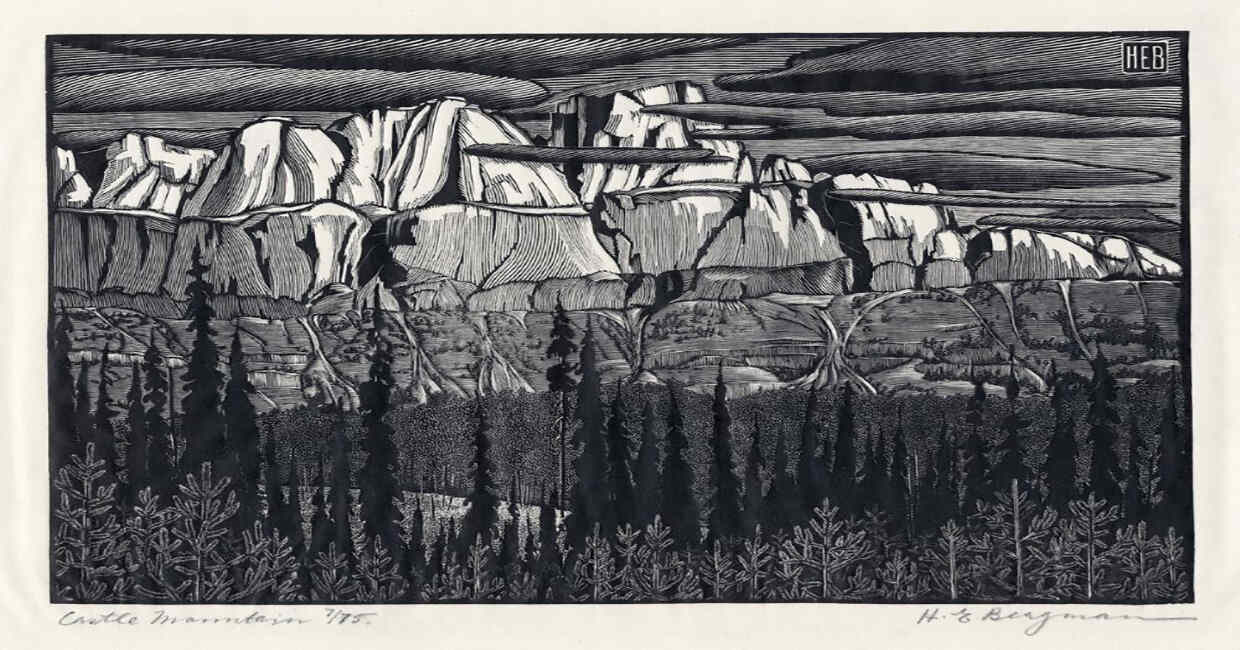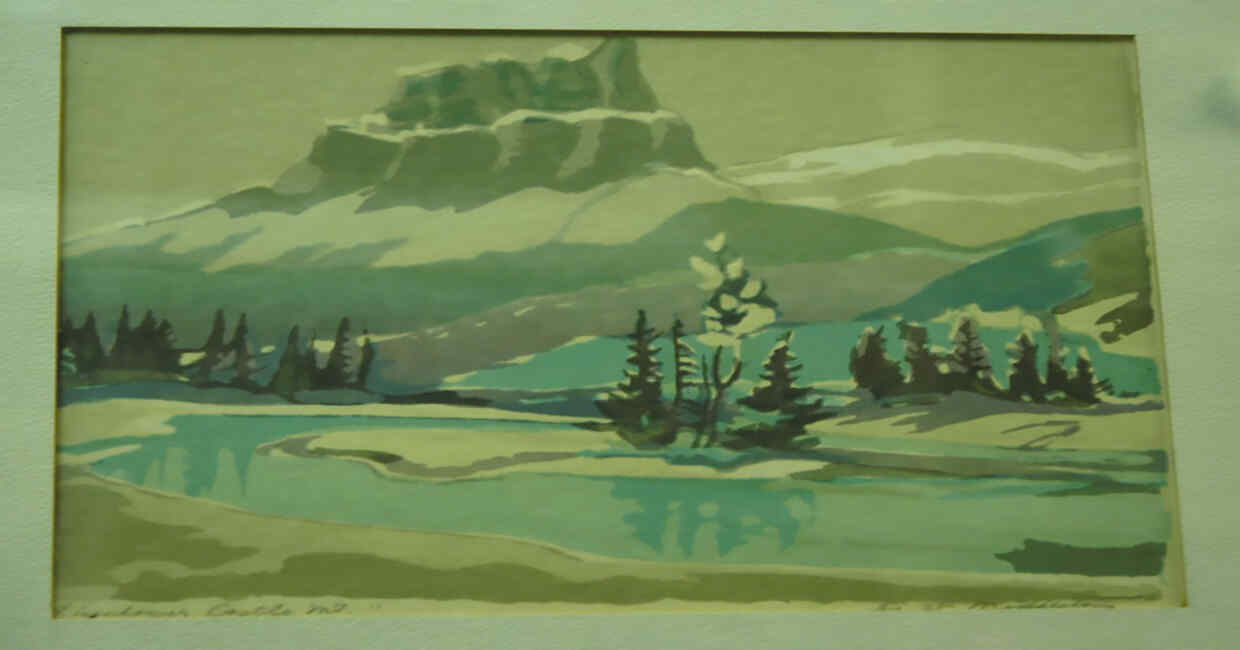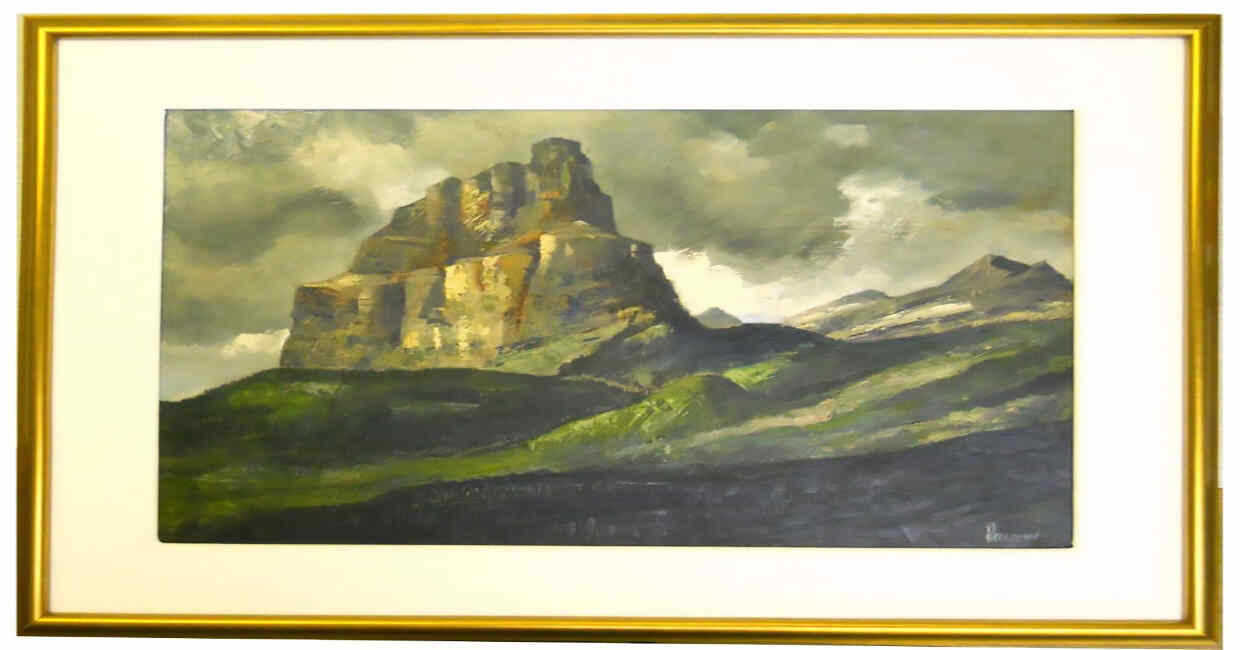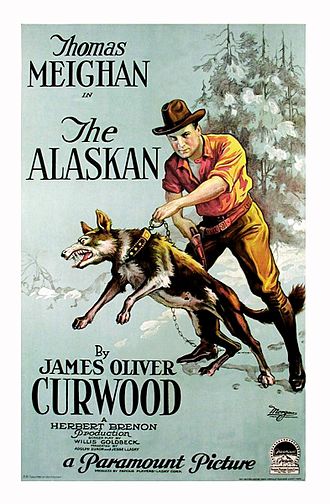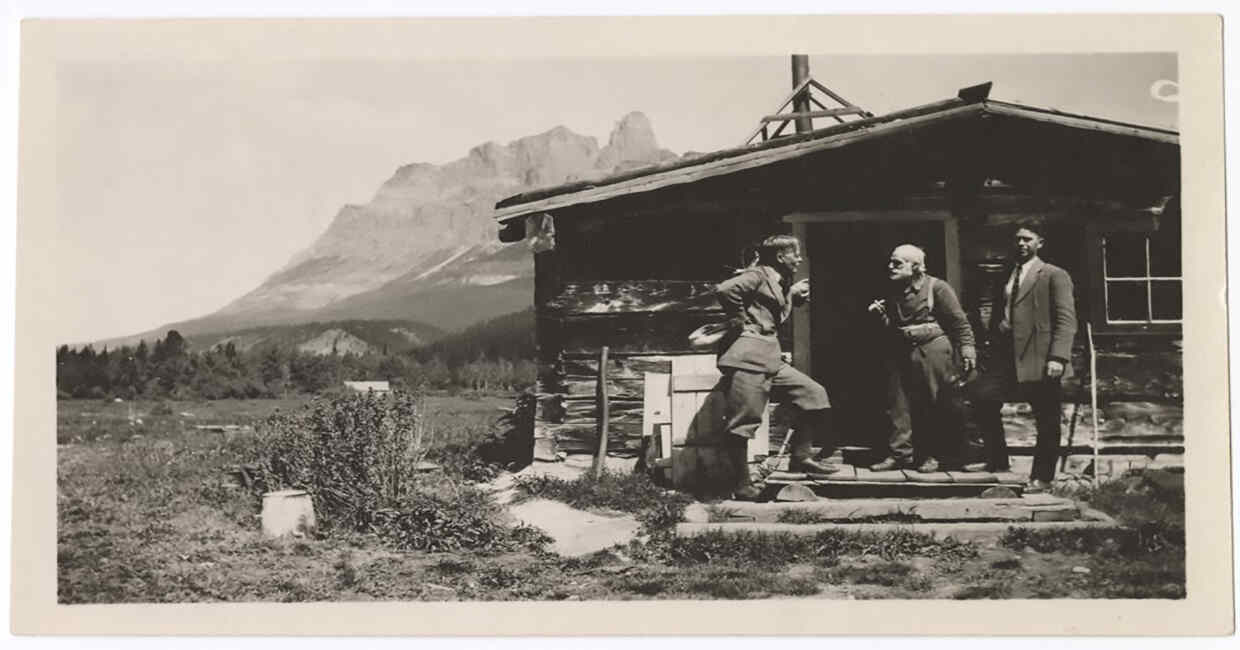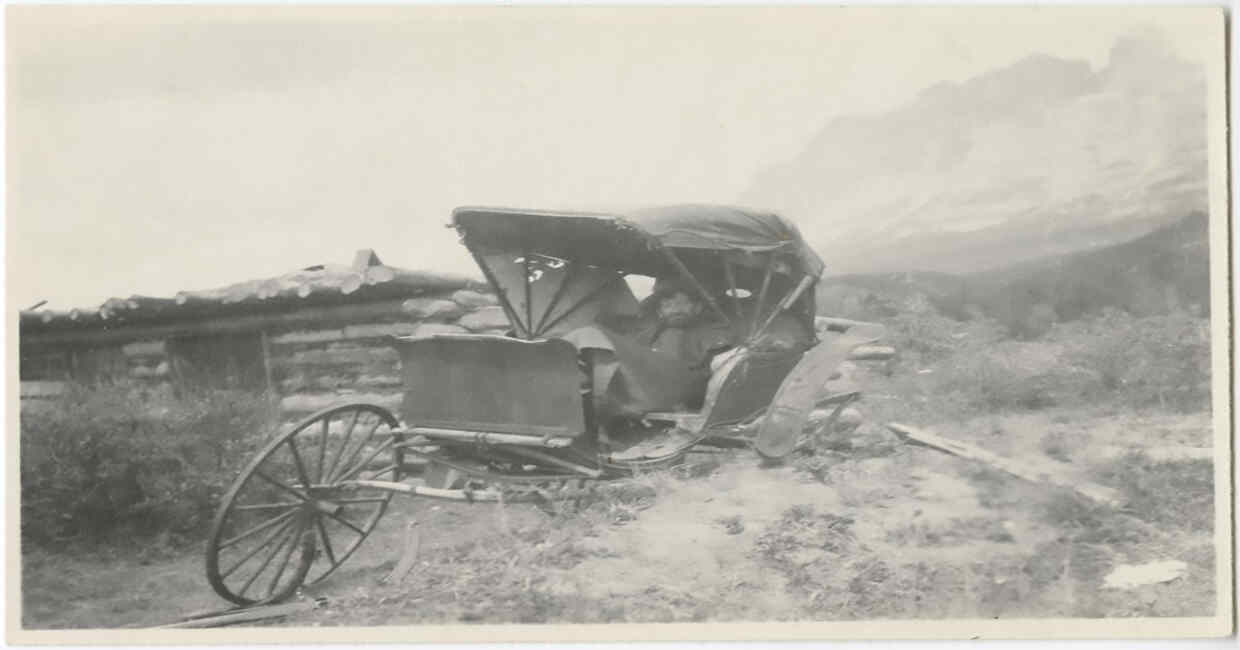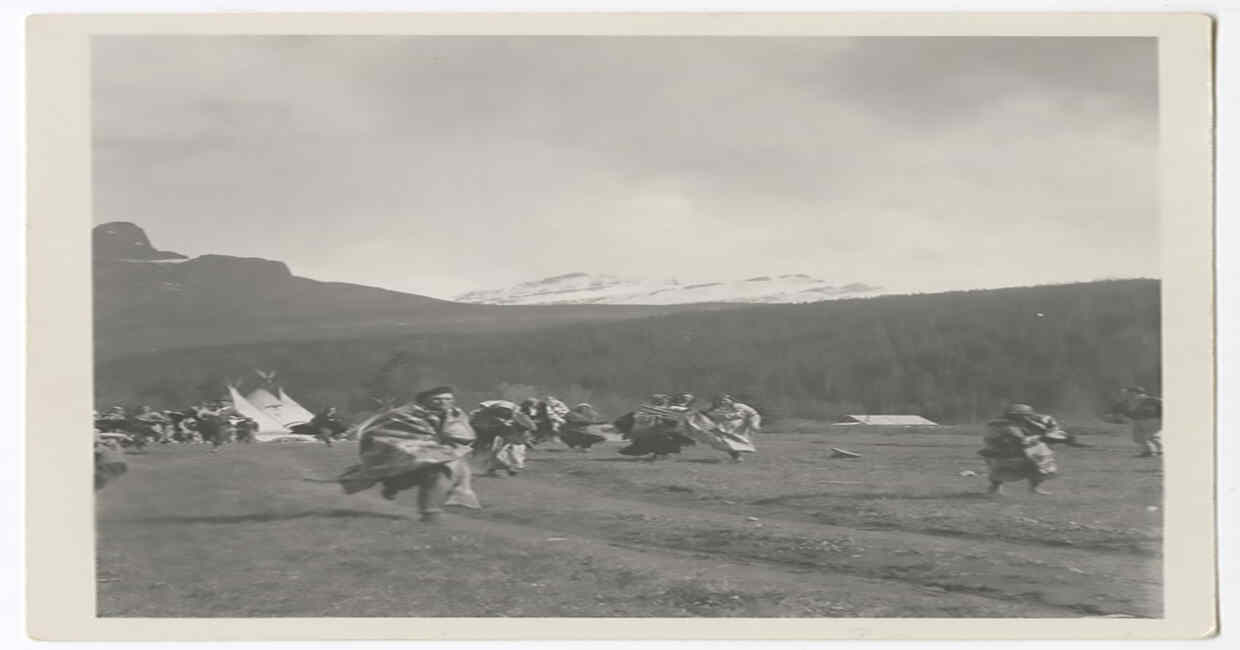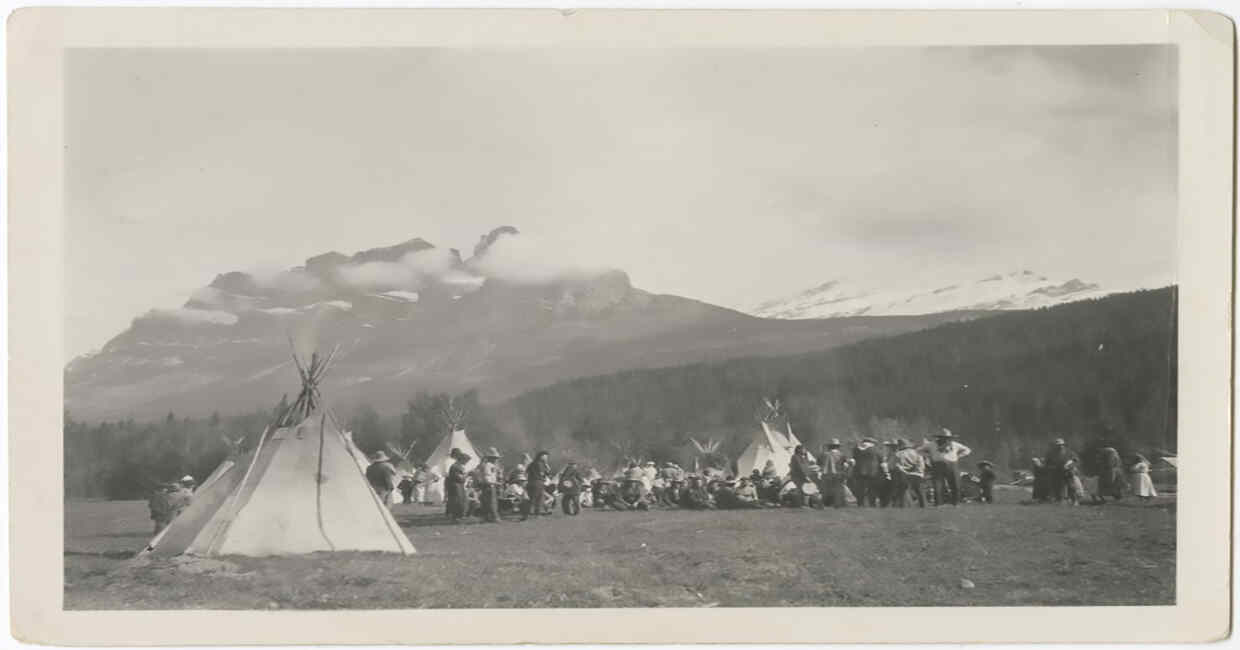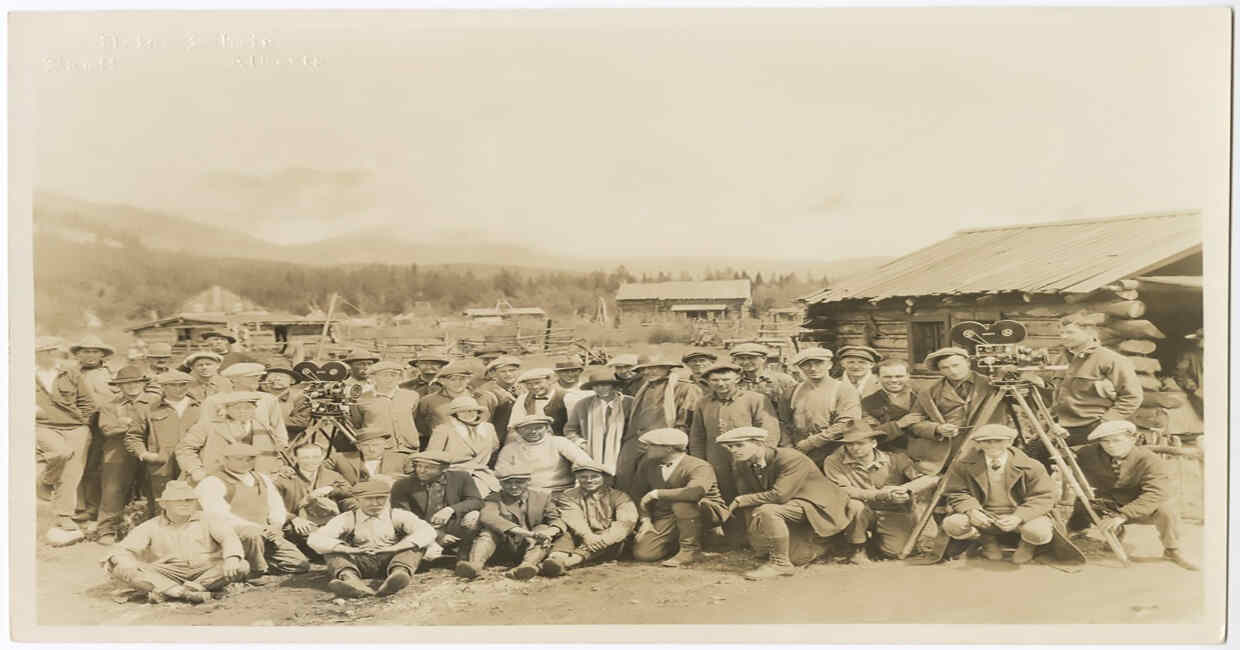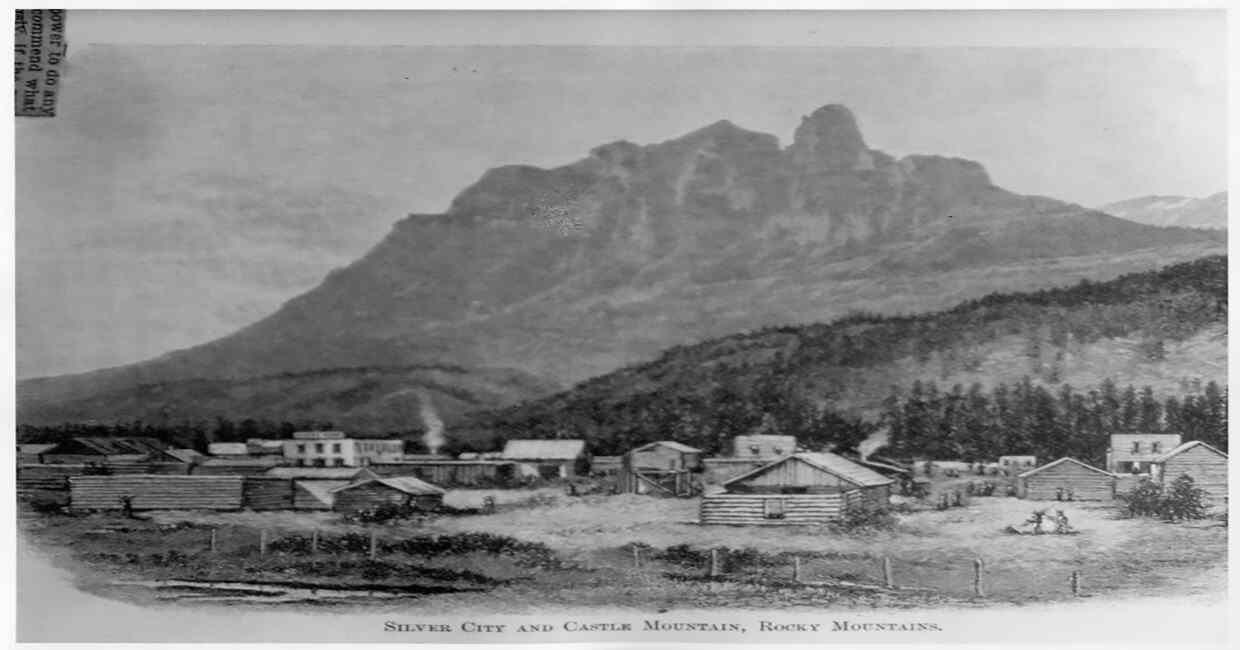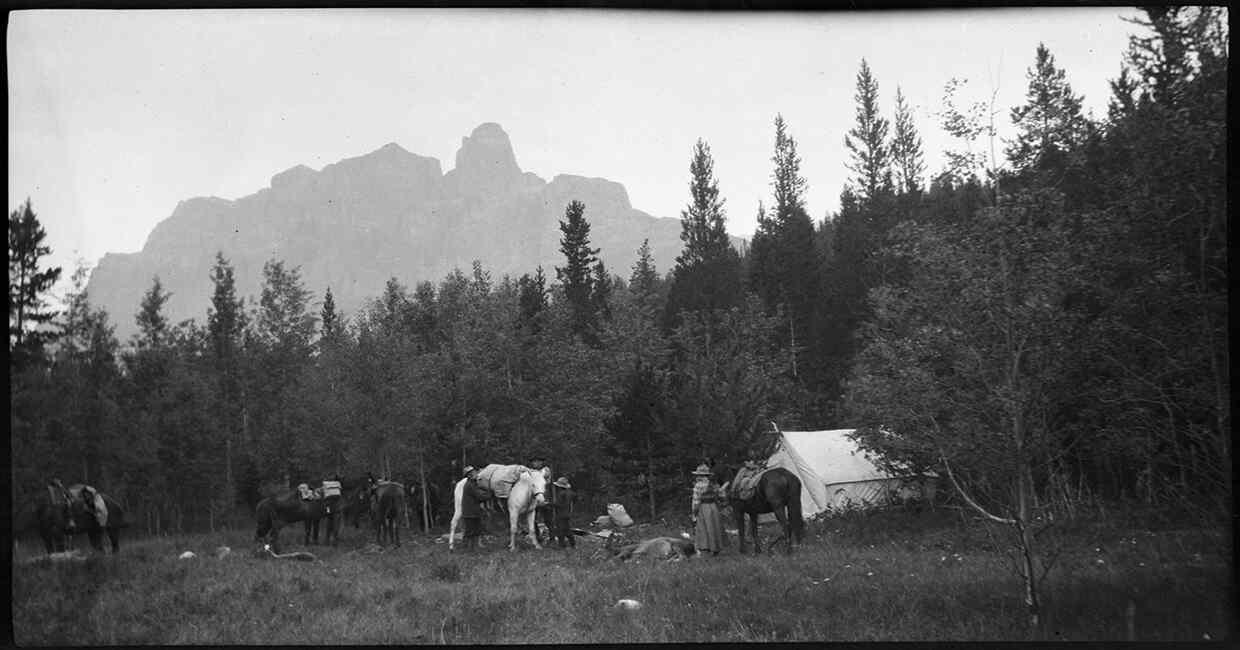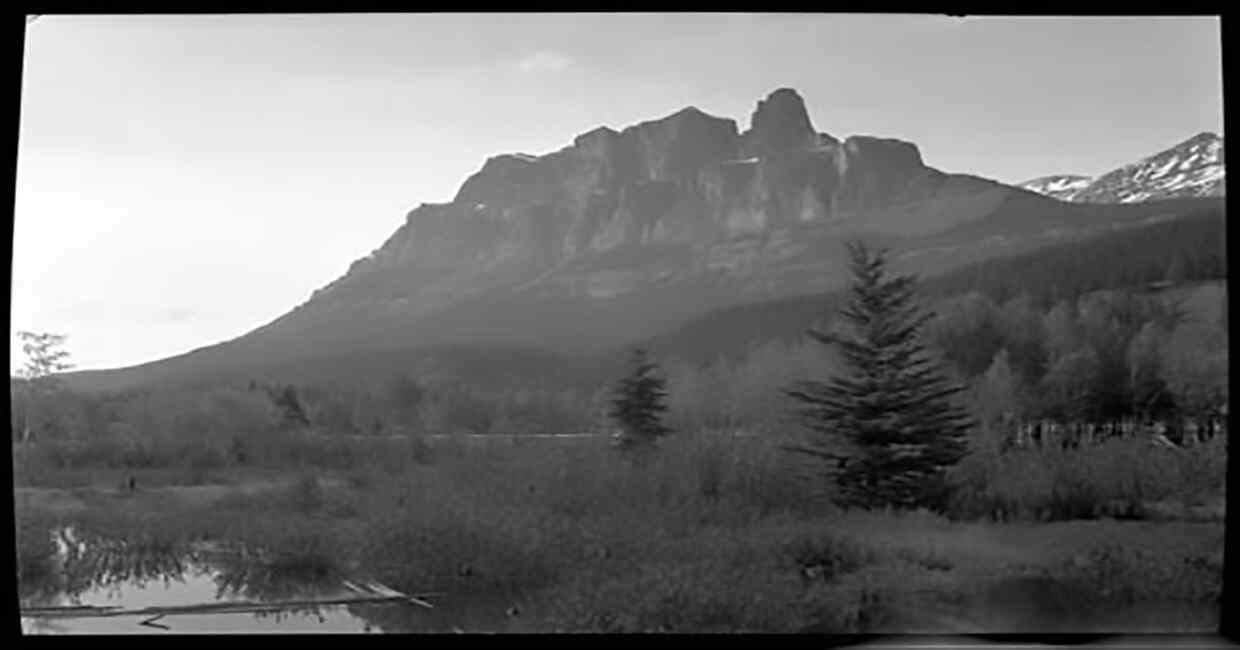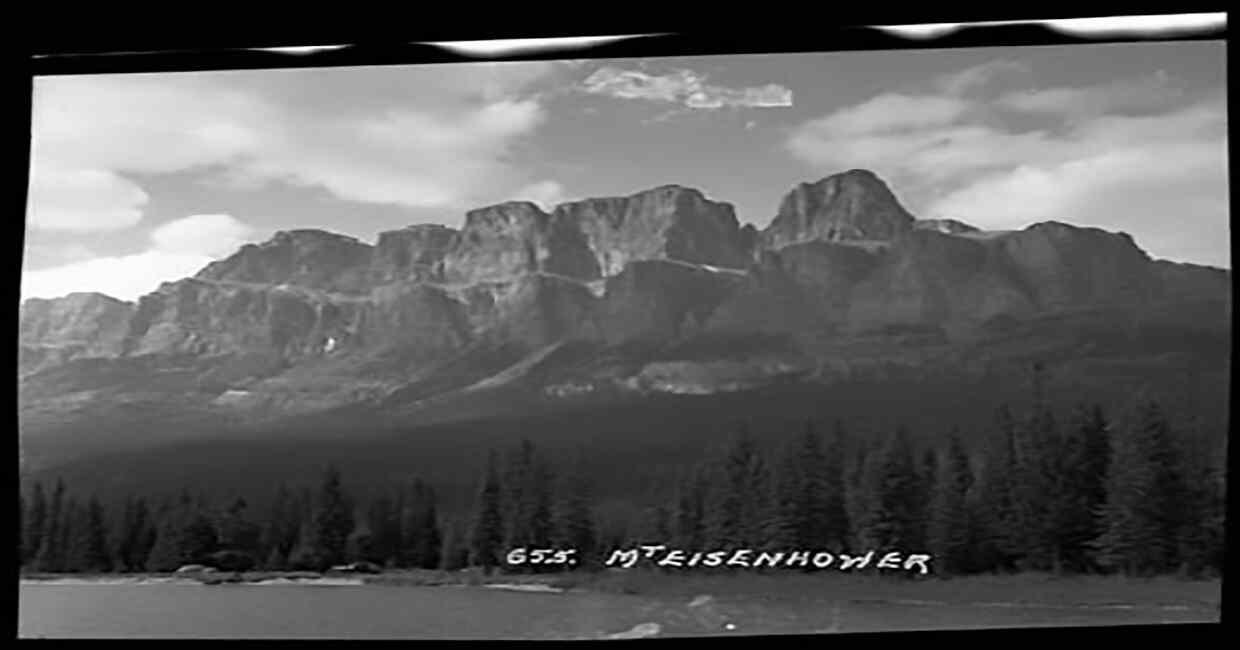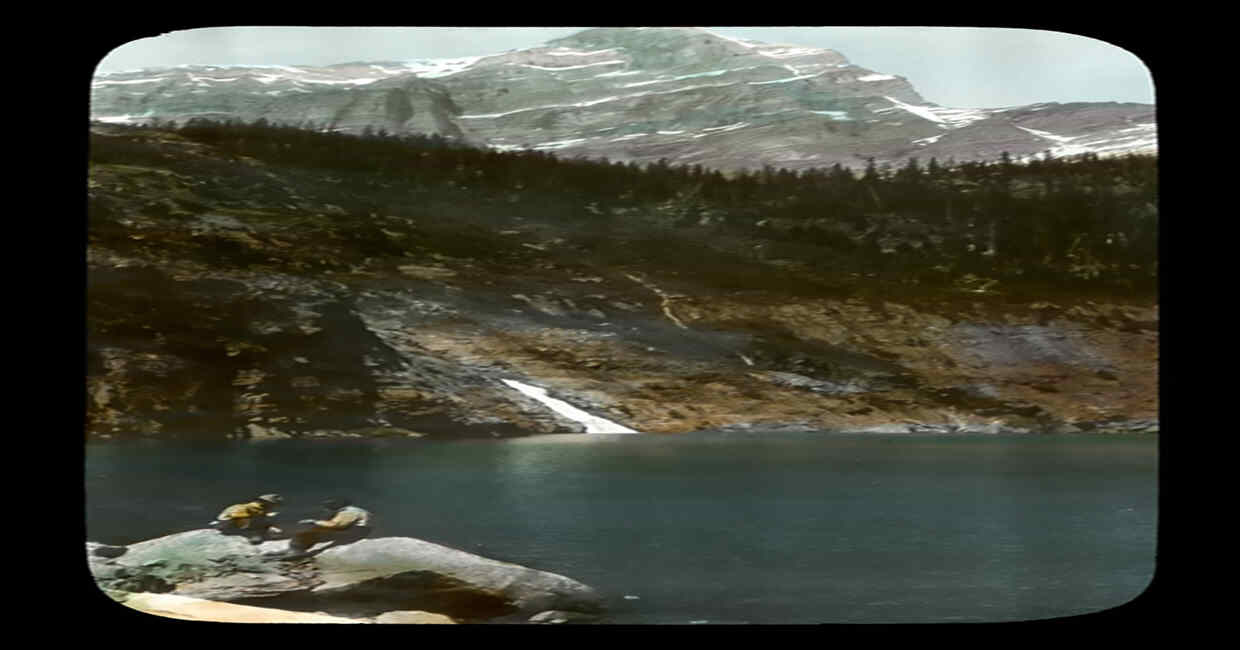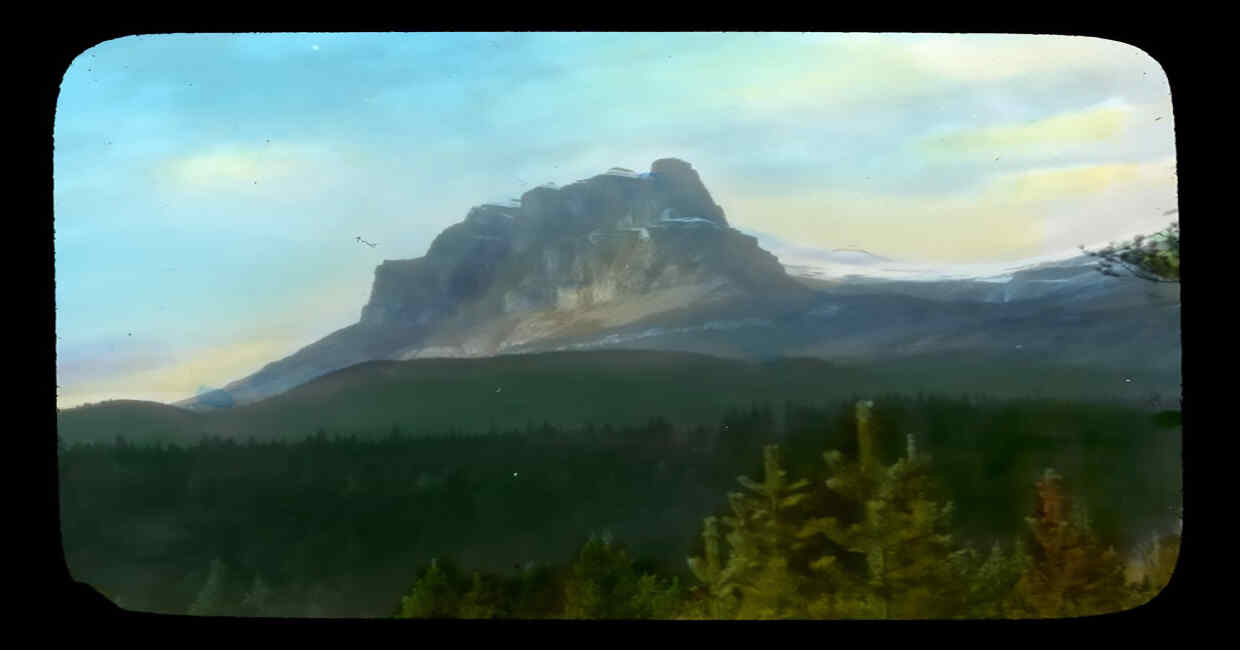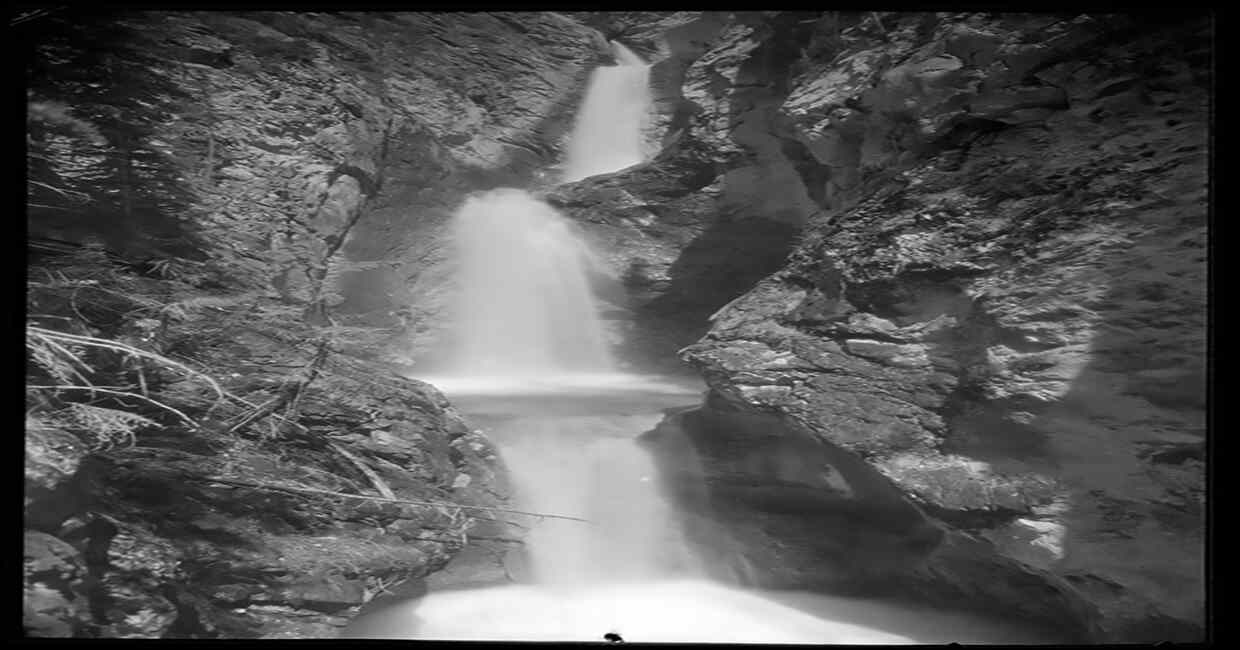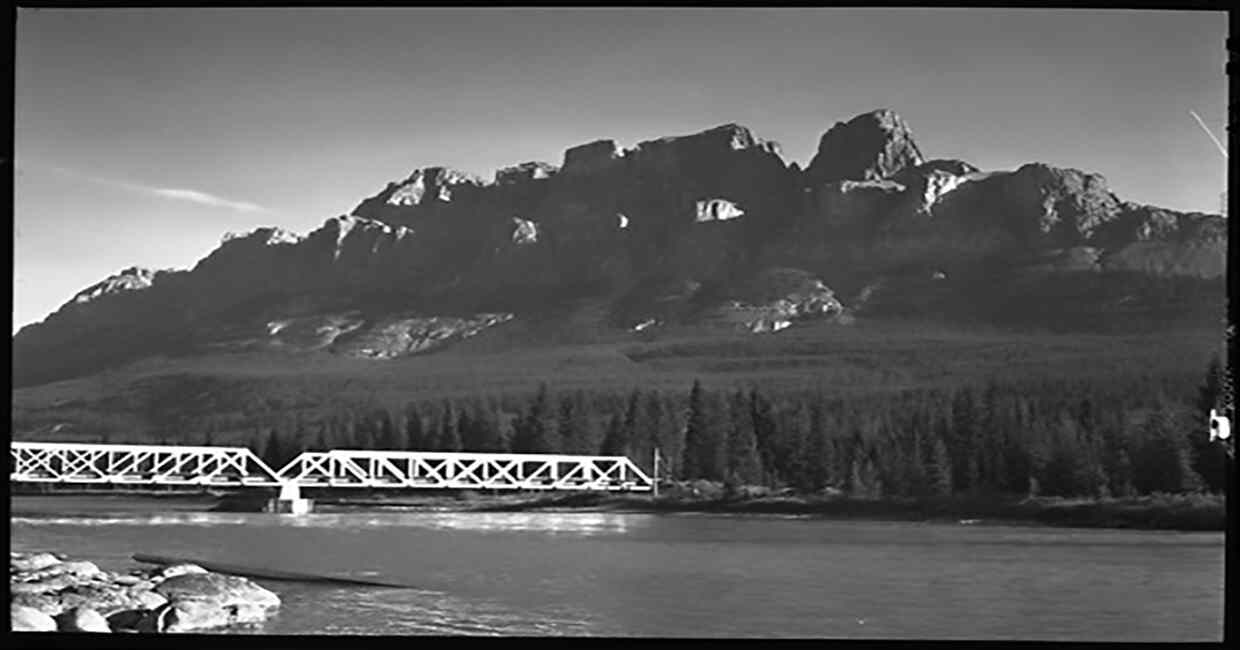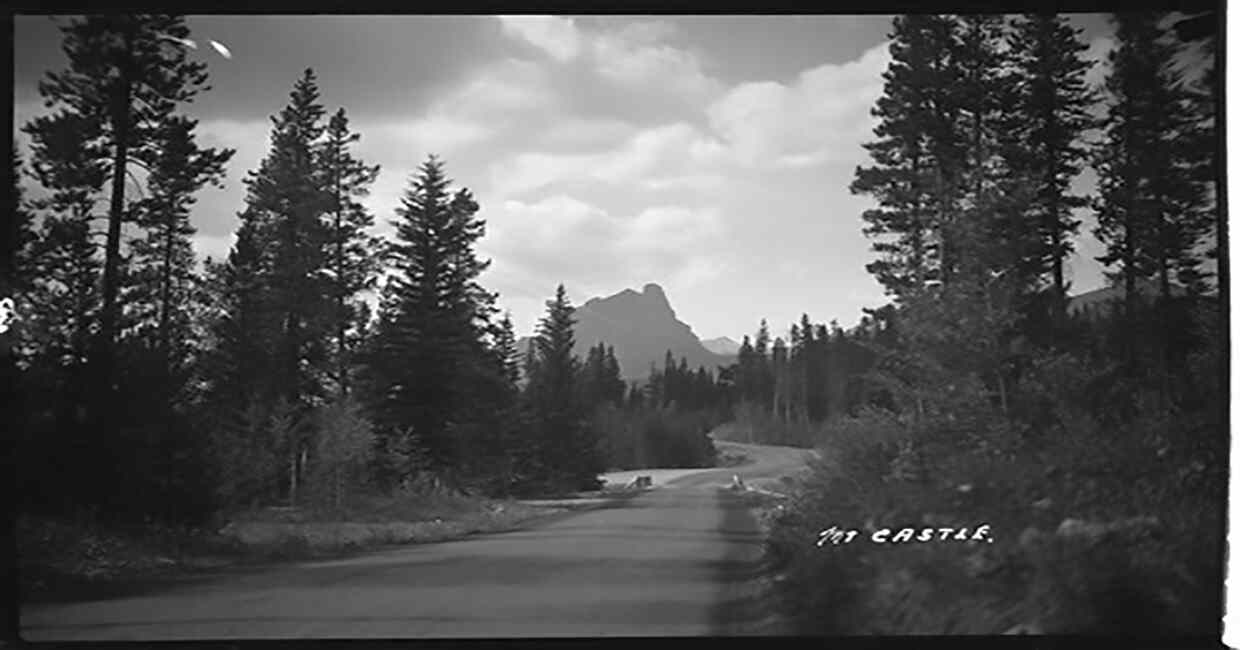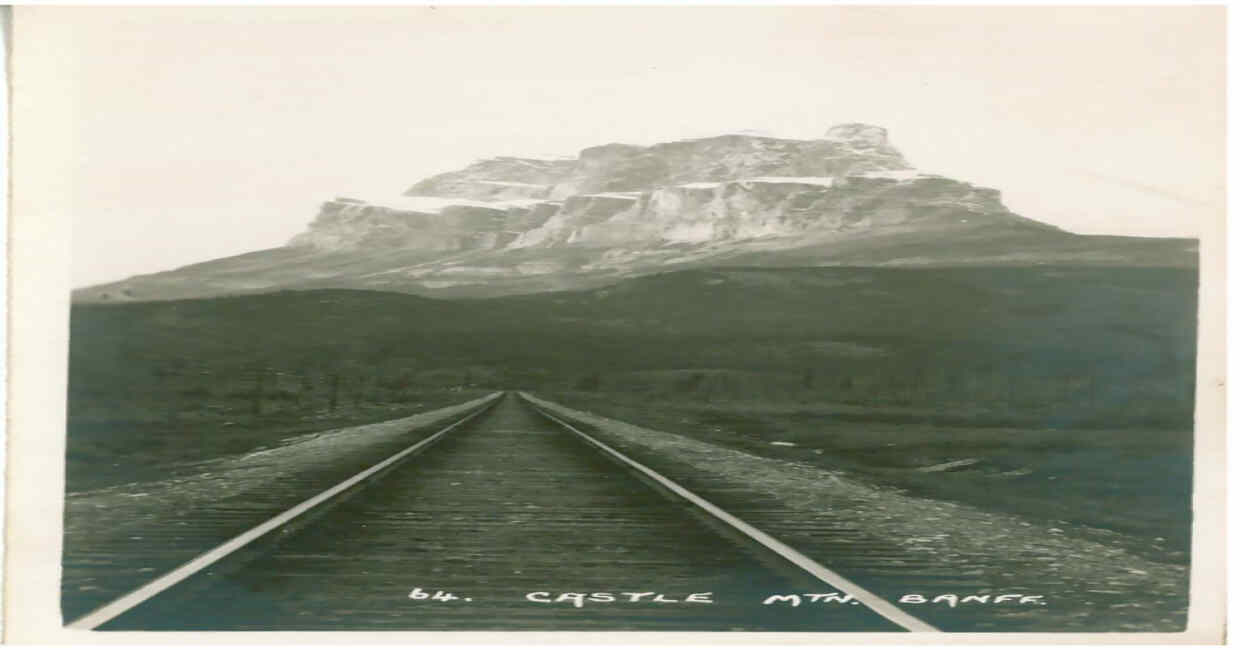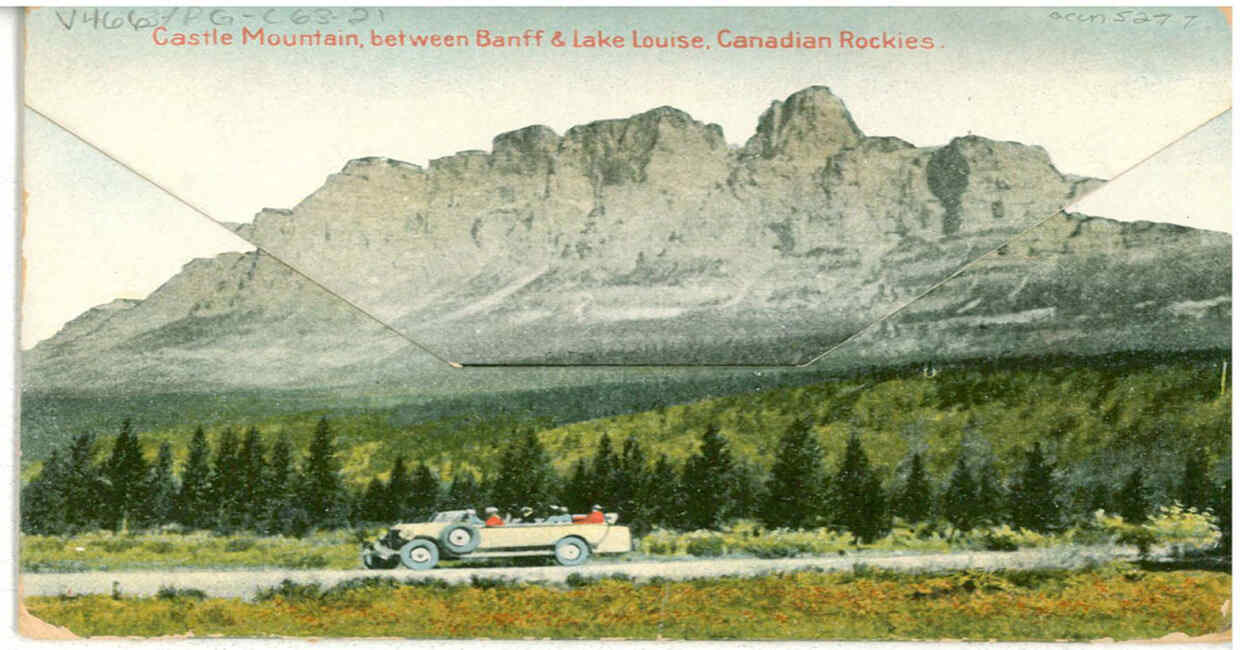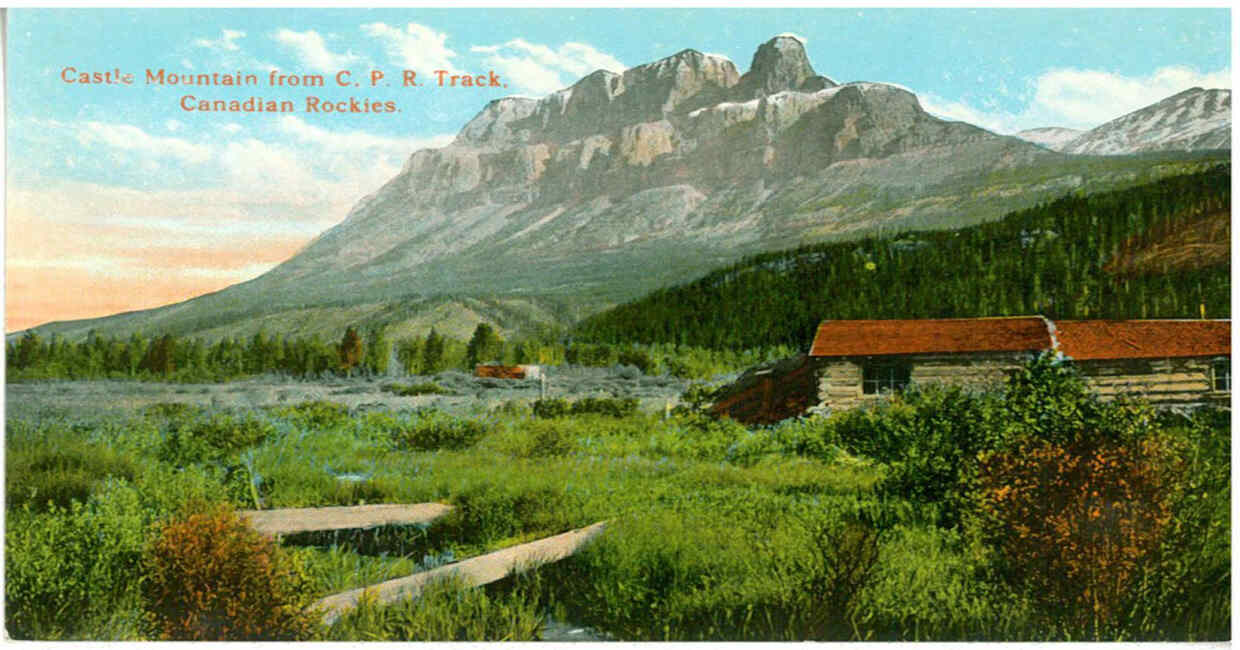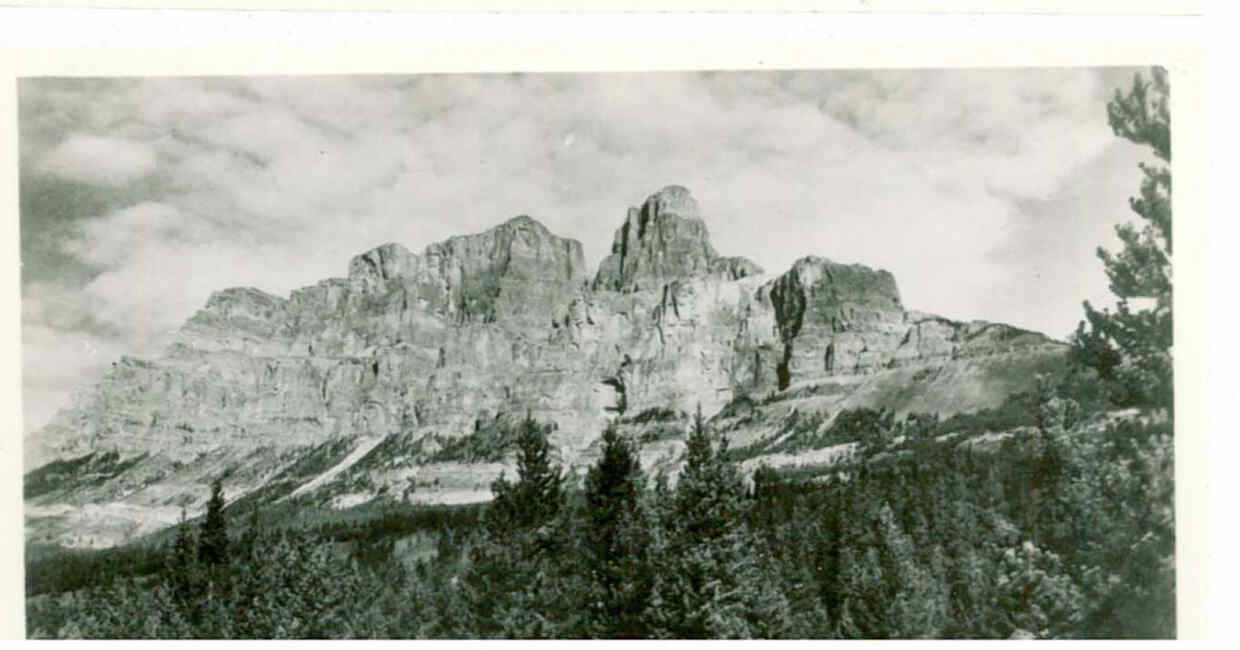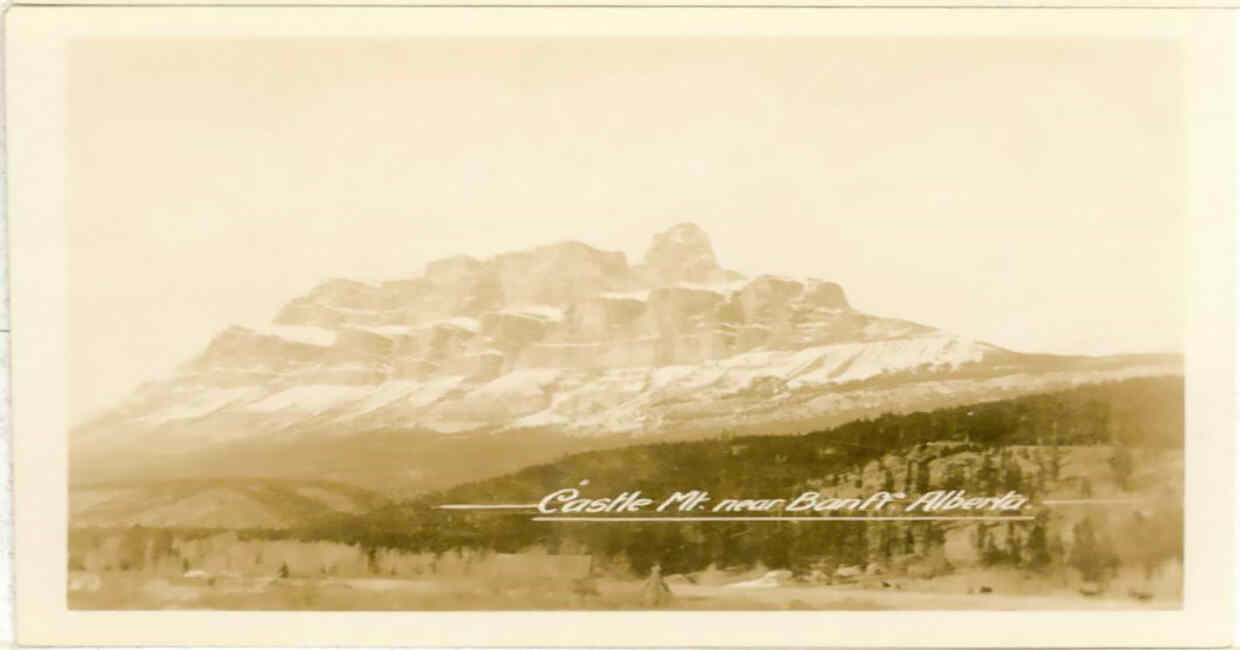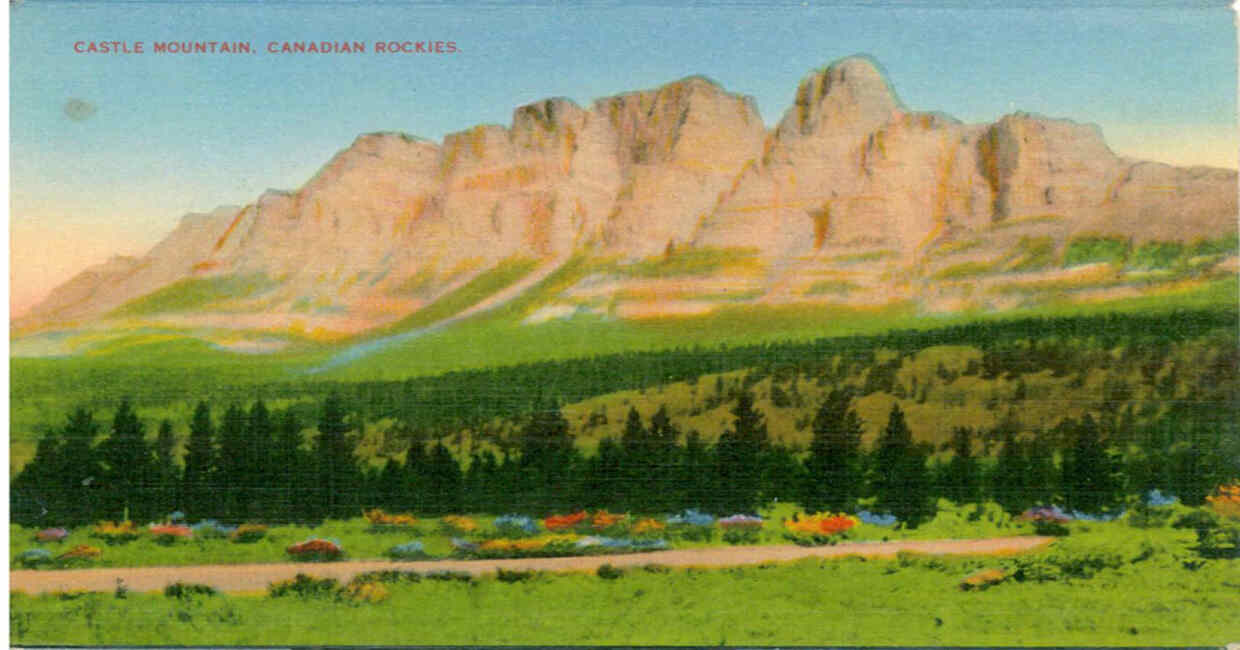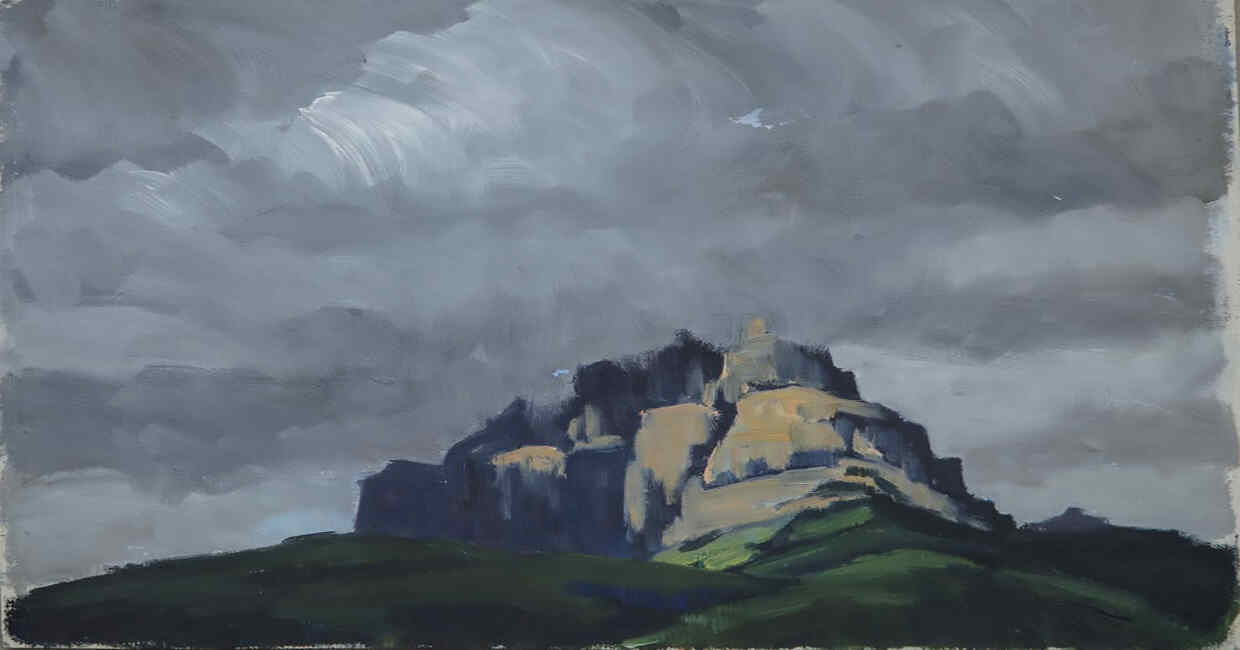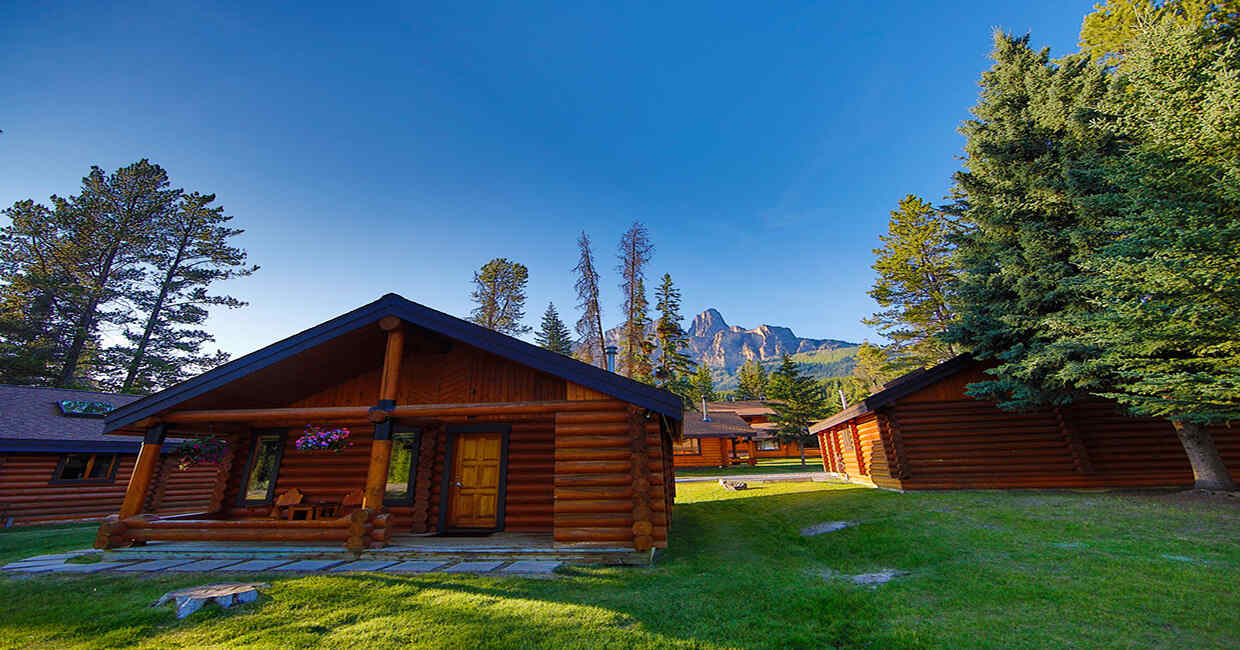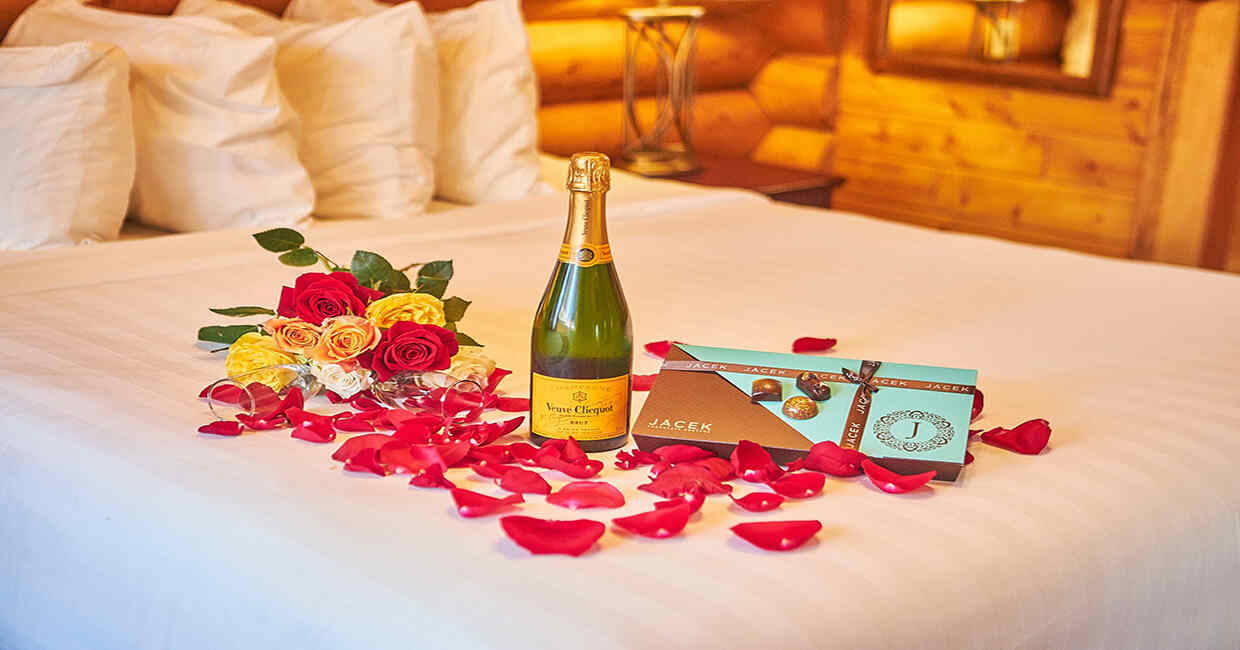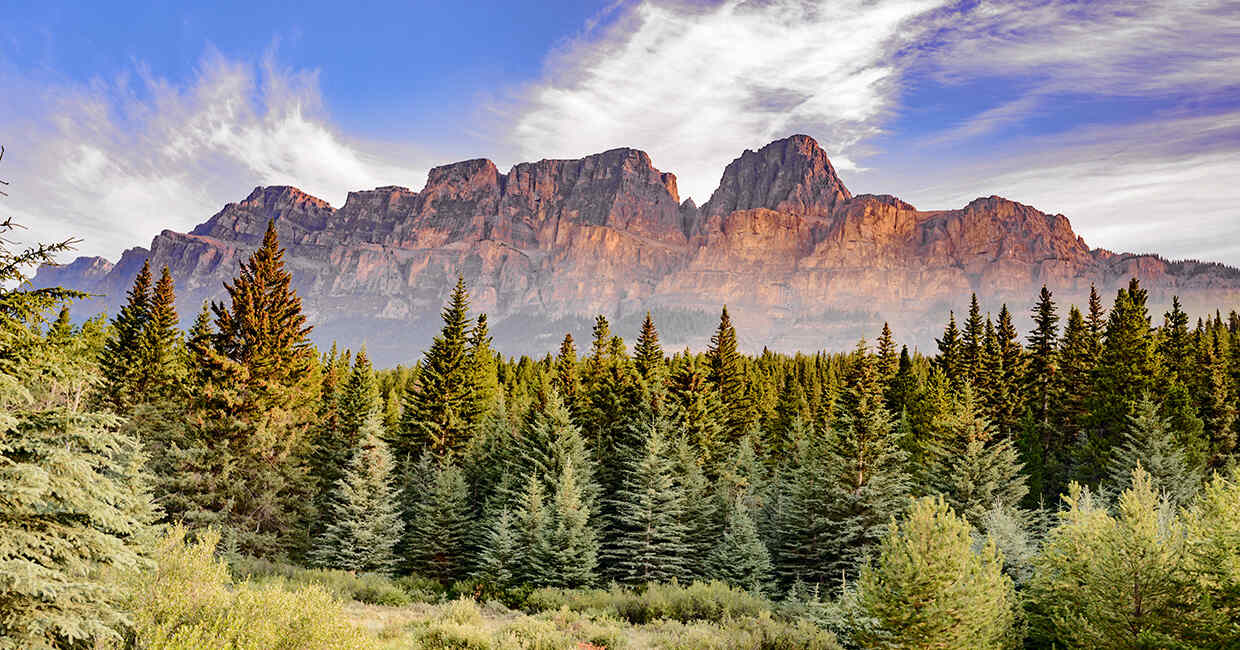Castle Mountain
Banff National Park
Castle Mountain is a mountain located within Banff National Park in the Canadian Rockies, approximately halfway between Banff and Lake Louise. It is the easternmost mountain of the Main Ranges in the Bow Valley and sits astride the Castle Mountain Fault which has thrust older sedimentary and metamorphic rocks forming the upper part of the mountain over the younger rocks forming its base. The mountain's castellated, or castle-like, appearance is a result of erosive processes acting at different rates on the peak's alternating layers of softer shale and harder limestone, dolomite and quartzite. The mountain was named in 1858 by James Hector for its castle-like appearance. From 1946 to 1979 it was known as Mount Eisenhower in honour of the World War II general Dwight D. Eisenhower. Public pressure caused its original name to be restored, but a pinnacle on the southeastern side of the mountain was named Eisenhower Tower. Located nearby are the remains of Silver City, a 19th-century mining settlement, and the Castle Mountain Internment Camp in which persons deemed enemy aliens and suspected enemy sympathizers were confined during World War I. In 1924 the now lost silent film "The Alaskan" was filmed using Castle Mountain as the backdrop for the film and utilized the small mining camp of Silver City. Castle Mountain has been captured by photographers and artists of all mediums since the development of the Canadian Pacific Railway. While looking nearly inaccessible from the Trans-Canada Highway, the peak can be ascended from the backside on the northeastern slopes, the trail to Rockbound Lake leads hikers around the eastern side. A number of well documented climbing routes can be found and described in detail in various Rockies alpine guidebooks and is aided by a climber's hut located on the sixth buttress.
Castle Mountain Chalets
81 Years of Operation in Banff National Park
Castle mountain Chalets was originally built in 1939 by Grandfather Yerxa. He came out from Blackie, Alberta with his wife and their six children. They chose Castle Junction because it was the intersection of the roads to Radium Hot Springs and the main highway. It was there they built their bungalow camp naming it Castle Mountain Bungalows.
The camp had nine individual cabins, a bathhouse and its own power plant. The main lodge housed Grandmothers Tea Room and Grandfathers Texaco station. The season ran from June to labour day. Back in those days Grandfather would leave one cabin open all winter long with a supply of firewood and food for any stranded traveller.
Every summer the whole family pitched in to run the camp. Over the years eight more cabins, plumbing, electricity and the telephone were added. All helped life, but in 1956 things changed when the new TransCanada highway was built and this road became known as the Banff 1A.
After the war, Canada's Prime Minister changed the name of Castle Mountain to Mount Eisenhower in honour of the U.S President at the time. The camp name was also changed to Castle Eisenhower.
The third generation arrived in 1978 with grandson Jim McLeod and his wife Lesley. In 1980, Castle saw the biggest changes up to this point, when the resort became a year-round operation. Best of all Castle Mountain regained its original name, with the prominent tower being named Eisenhower Tower. The resort then became Castle Mountain Village, the main lodge received a major facelift in 1985 turning it into a general store with quaint turn of the century decor, including memorabilia from the original Grandparents days for everyone to enjoy. Changes for the betterment of the resort continued with the replacing of old cabins until 1997.
In 1999, after years of providing memorable experiences for tourists from around the globe, Jim and Lesley McLeod decided to retire and travel North America in their luxurious trailer. The property was sold to the Decore family of Edmonton, who started in the hotel business in 1965 in Jasper National Park with the Maligne Lodge and later the Tonquin Inn. Continued improvements were made over the years to the property. In 2009, the central activity centre was rebuilt after a fire destroyed the old building. The “Osprey Lodge” now houses a function/meeting space and games room, guest laundry, gym and cross-country ski tune workshop, with modern suites above. Lyndon and Matthew Decore took over ownership of Castle Mountain Chalets in 2011, operating Osprey Resorts with their sister property in Jasper National Park – the Jasper House Bungalows.
Additional renovations have been conducted over the years, including updated bathrooms and kitchens in designated cabins. In 2019 the original 1940’s gas pump was replaced after eight decades of faithful service and in 2020 the General Store was given a facelift both inside and out and was fitted with new public washrooms. All eight of the One Bedroom Deluxe Chalets saw renovations throughout the room to create a highly coveted Chalet experience unmatched anywhere in the Bow Valley.

